In this day and age, it is very easy to say why so many businesses choose train loading as their preferred method of transportation.
As a business owner, you are in luck as this reduces shipping costs and your goods arrive on time and as safely as possible. Transloading is a process that involves transferring goods from one mode of transportation to another, typically from railcars to trucks or vice versa.
There are many advantages of railcar transloading for businesses of all sizes, making it a popular choice in logistics and supply chain management.
When Is Transloading Useful?
Access to Remote Locations:
Rail transportation networks are extensive, reaching areas that may not have direct access to highways or seaports. Transloading allows businesses to efficiently transport goods to remote locations by utilizing the rail infrastructure.
Moreover, this is particularly advantageous for industries operating in mining, agriculture, and oil and gas, where resource extraction often takes place in remote areas.
Intermodal Connections:
Transloading facilitates the integration of different modes of transportation, such as rail and truck, or rail and ship. Intermodal connections offer flexibility and efficiency, enabling businesses to leverage the strengths of each mode.
For example, rail transport is cost-effective for long-distance hauls, while trucks provide greater accessibility to local distribution centers. Additionally, transloading allows for seamless transitions between these modes. Similarly, ensuring the efficient movement of goods throughout the supply chain.
Cost Reduction:
Rail transportation is often more cost-effective than trucking for long-haul shipments. Businesses can significantly reduce transportation costs.
Moreover, this is particularly beneficial for heavy or bulky goods that are more efficiently transported by rail. However, require trucking for local distribution.
Inventory Management:
Transloading allows businesses to consolidate or break down shipments to optimize inventory management. By consolidating smaller shipments into larger railcars, companies can benefit from economies of scale and lower transportation costs.
Conversely, breaking down large shipments into smaller units at a transloading facility enables businesses to distribute goods more efficiently to various destinations.
What Are Some Benefits?
Cost Savings:
One of the primary advantages of railcar transloading is the potential for cost savings. Moreover, rail transportation is generally more fuel efficient than trucking.
Additionally, economies of scale can be achieved by consolidating shipments into larger railcars. Businesses can optimize transportation costs and achieve significant savings by leveraging rail transport for long-haul distances.
Improved Efficiency:
Transloading allows for seamless integration between different modes of transportation. This leads to improved supply chain efficiency. Additionally, businesses can reduce transit times, optimize routes, and streamline operations by taking advantage of the strengths of rail and trucking.
Similarly, transloading facilities are strategically located to facilitate the efficient movement of goods and it reduces congestion and delays.
Access to Diverse Markets:
Rail transportation networks provide access to diverse markets and enable businesses to expand their customer base. Similarly, transloading allows goods to reach areas that may not have direct rail connectivity.
Hence, ensuring widespread distribution and market penetration. This increased accessibility opens up opportunities for businesses to tap into new markets and reach customers who may not be easily reachable through other transportation modes.
Environmental Sustainability:
Rail transport is known for its lower carbon emissions compared to trucking. By utilizing railcar transloading, businesses can reduce their carbon footprint and contribute to environmental sustainability.
Moreover, the consolidation of shipments into larger railcars and the optimization of transportation routes result in fewer vehicles on the road. Similarly, reducing overall greenhouse gas emissions and air pollution.
Get Rid of Improper Handling:
With the help of transloading, you can reduce the damage due to improper handling as it’s in the hands of professionals now. Moreover, this is because transloading companies offer pick-up services multiple times daily.






